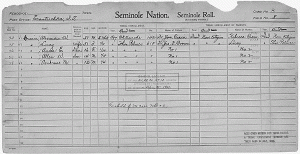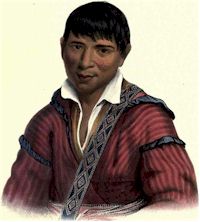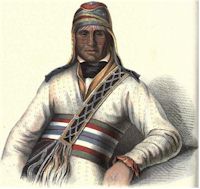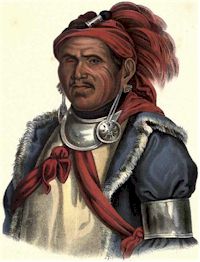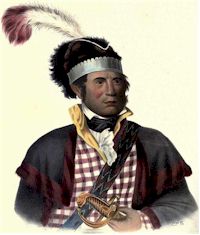The Creek Councils
The Council was called Inłałaka, łałaka being a word which signified “great men” or “officers.” The town council is said to have been composed of the Town Chief (Miko), the Square Chief (Tcoko-lako Miko), the “Speaker to the Chief,” who in this case seems to be identified with the head Tastanagi, and a Councilman from each of the clans, that is, its Ancient. Although it is not so stated, I feel that it must leave included the other speaker for the chief, the Taskheniha, though he may have been admitted to it as Ancient for his own clan. This, indeed, … Read more

